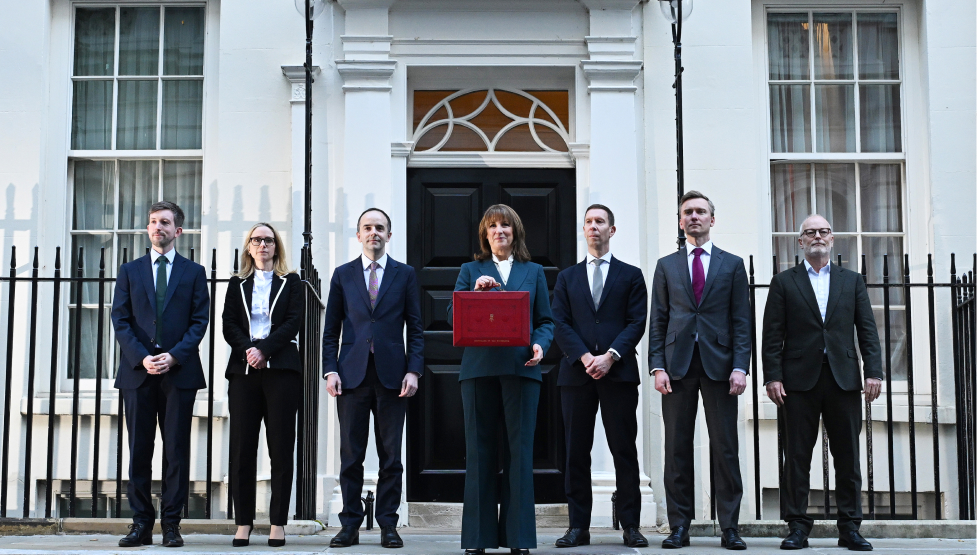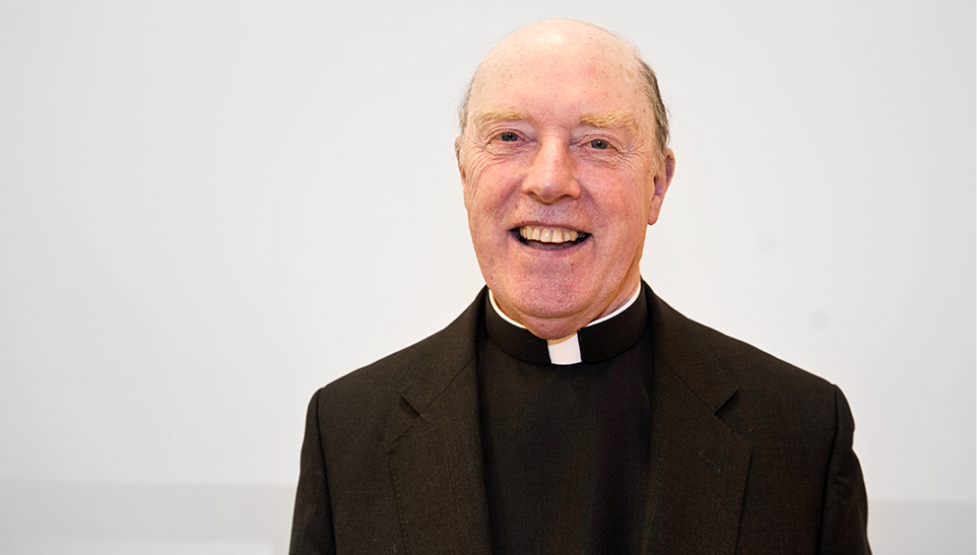Earlier this week, the British media breathlessly welcomed an exciting breakthrough. According to the Sky News headline, making babies from the DNA of three people – a number of children have now been born in this way – prevents “devastating” diseases. The birth of these children “is a major advance for the technique, called mitochondrial donation therapy, designed to prevent a life-limiting, often fatal illness”.
The headline does not, of course, tell us what the technique involves. The news segments I saw contained interviews with the pioneering scientists in Newcastle, as well as a professor who fully supports the practice. At no point was an opinion sought from anyone who expressed the slightest ethical concern.
Before examining the technique, let us note the way in which “advances” in reproductive technology are typically presented. Practices which once caused outrage, or even just unease, are now typically presented in glowingly positive terms. If you don’t believe me, look up the initial reactions to artificial insemination and IVF – reactions which were shared by many, religious and non-religious alike. Pause and reticence now quickly give way to contentment and an open embrace of “progress”, with a simultaneous impatience for ethical reflection, if indeed this is flagged at all.
The cautionary voice is now not even given airtime, and if one hears from a “bioethicist”, it is likely to be one vocal in dismantling any sense that traditional wisdom is anything other than obtuse obscurantism. With such a relentlessly progressivist view, questions which are very far from settled in our culture – including the status of the human embryo, the meaning of sex and procreation, and the nature and responsibilities of parenthood – are not even raised when “good news” stories break.
The MIT Technology Review, as one would expect, is a little more informative on the Newcastle story but does not expand on the meaning of what is happening:
“The study, which makes use of a technology called mitochondrial donation, has been described as a ‘tour de force’ and ‘a remarkable accomplishment’ by others in the field. In the team’s approach, patients’ eggs are fertilised with sperm, and the DNA-containing nuclei of those cells are transferred into donated fertilised eggs that have had their own nuclei removed. The new embryos contain the DNA of the intended parents along with a tiny fraction of mitochondrial DNA from the donor, floating in the embryos’ cytoplasm.”
Let us try and describe the technique in a rather blunt way. Note that the “fertilised egg” referred to is in fact a single-cell human embryo, with all that that entails. In its early hours, the new embryo’s nuclear genetic material is not contained in a single nucleus but in two “pronuclei”. However, the embryo also has, like other human beings, other DNA besides the nuclear DNA: “mitochondrial” DNA in the outer part of the cell.
The Newcastle technique has been offered to women carrying mitochondrial disease in their eggs and other cells. The couple wanting a child who will not be affected by the woman’s mitochondrial condition begin by conceiving their own child by IVF. This embryo will not be born as a baby but will rather be used for spare parts in combination with a second IVF embryo (this second embryo may be related to the would-be father but is not related to the would-be mother).
Two embryos created purely for spare parts are then combined to form a third embryo containing nuclear DNA from the couple’s IVF embryo and the rest of its material, including healthy mitochondria, from the second IVF embryo. The third, combination embryo is not created by IVF – no sperm is involved – but is a kind of clone, a “pronuclear clone” of the couple’s embryo, while containing material from the second embryo also.
The technique is sometimes said to create “three-parent babies” but would more accurately be described as creating “no-parent babies”, at least in genetic terms. The would-be parents will be the social parents of the child, but they will not be the genetic parents in any normal sense, although their DNA is passed on to the new child via their destroyed embryo who is cloned.
Rarely mentioned is any potential for genealogical bewilderment and even survivor guilt on the part of a child created from two destroyed embryos, who is related to his or her social parents in this utterly bizarre and unprecedented way.
Pronuclear cloning, like the prior IVF it involves, is a “production process” for creating a new human being. It removes from life’s creation that marital self-giving which receives new human life as a gift. Moreover, it goes further: the body of the new child is literally composed of the deliberately destroyed bodies of its predecessors.
Consciously to create, or co-create, two human lives in order to destroy them and create a new “parentless” life is a wicked thing to do. But what about the “health benefits” to the new child?
As often happens, insensitiveness to in-principle ethical concerns goes hand in hand with an attitude which eliminates contrary medical concerns as much as it eliminates other ethical considerations. Also unmentioned in the breathless media coverage are the potential health risks for longer-term (female) descendants, for these are “germ-line” interventions whose effects are inherited by later generations.
To their credit, the MIT Technology Review does air some health concerns:
“Not everyone sees the trial as a resounding success. While five of the children were born ‘with no health problems,’ one developed a fever and a urinary tract infection, and another had muscle jerks. A third was treated for an abnormal heart rhythm. Three of the babies were born with a low level of the very mitochondrial-DNA mutations the treatment was designed to prevent… Ukrainian scientist Pavlo Mazur, a former embryologist who has used a similar approach in the conception of 15 babies in Ukraine, believes that trials like this one should be paused until researchers figure out what’s going on.”
My colleague at the Bios Centre, Dr Greg Pike, has explored in the journal Clinical Ethics some of the health concerns raised by the Newcastle technique and other techniques for “mitochondrial replacement”. Such attempts to bring some proportionality to the topic struggle, however, to find a hearing in our reprotech-boosting media.
Hegel, in his Philosophy of Right, famously observed that, “When philosophy paints its grey on grey, then has a shape of life grown old. The owl of Minerva spreads its wings only with the coming of the dusk.”
What he appears to have meant is that philosophy only too late shows some reflection on the spirit of the times. As philosopher Jorge Garcia has rightly noted, Hegel’s observation “certainly captures the discipline of bioethics.” A Hippocratic bioethical perspective, friendly to Catholic thought, gives us hope that bioethics need not be like that. But such a perspective needs a voice in our national debate if hope is to be had.
Anthony McCarthy is director of the Bios Centre, www.bioscentre.org.




.jpg)


.jpg)








